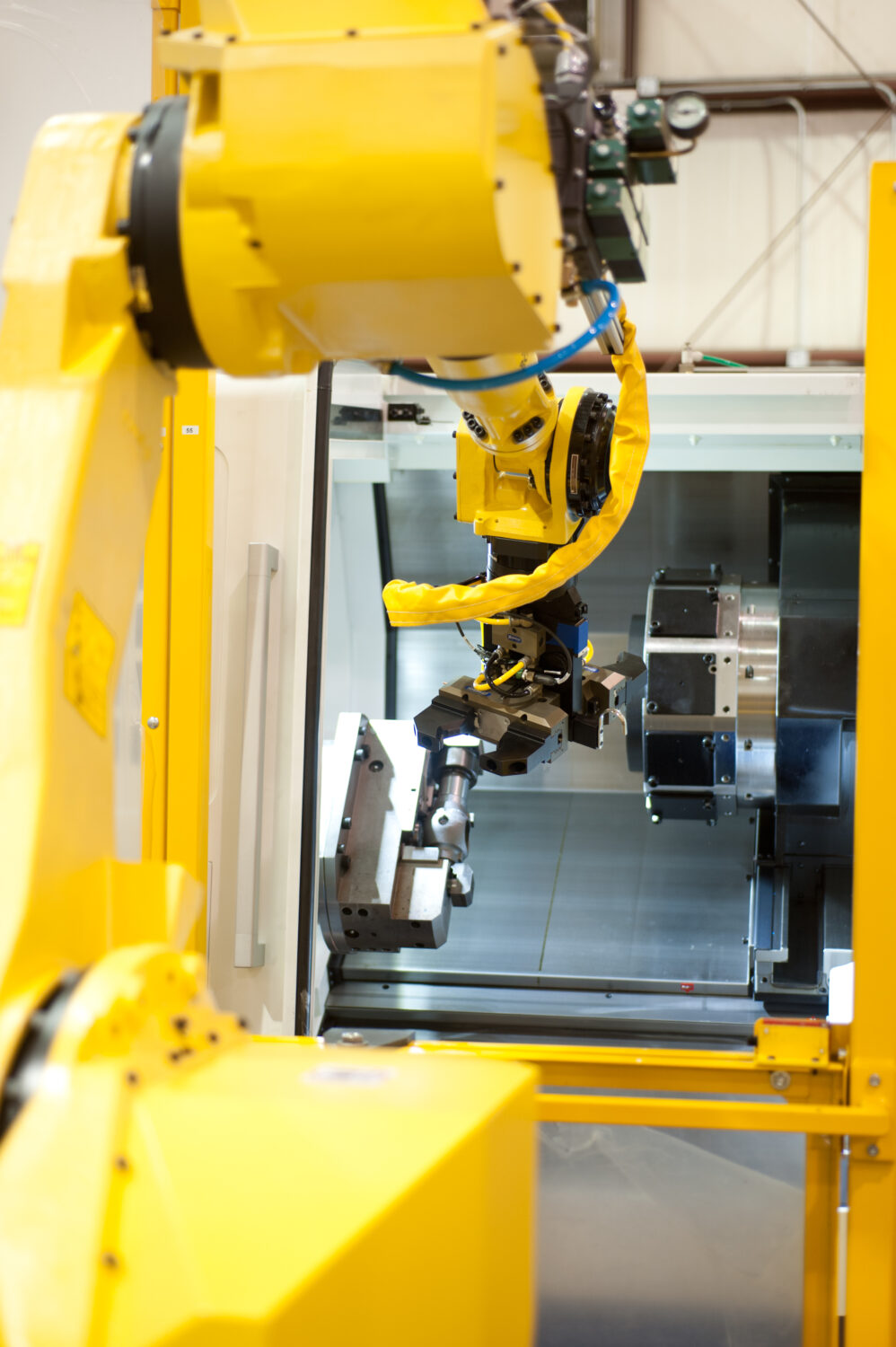
In too many robot automation projects, the Human Machine Interface (HMI) is overlooked until the cell is installed. Rather than defining the requirements in the specification, it's left to the controls engineer to provide the screens and information he thinks might be useful. But, that's a missed opportunity, and here's why:
Communication is two way
Through the HMI any piece of automation equipment communicates with users. The HMI will, or should, display information about what the equipment is doing, and the user will enter commands, telling it what actions to take.
Multiple HMIs
A robot cell will usually have two HMIs, one for the robot and one for the cell, sometimes more. Robots come with a pendant HMI that has a touchscreen plus a number of buttons — some dedicated to specific functions and others programmable. The screen lets the engineer drive the robot, serves up information about what it's doing, and helps diagnose fault conditions or robot problems.
During production, communication goes through the cell HMI. Usually a supervisor loads a part file, and then hits “run”. The display will show production statistics along with any error messages. In many robot cells that's the extent of their use, but with a little thought, the HMI can be a more valuable tool.
Control and data considerations
Modern automation technology offers many data gathering opportunities. However, screens full of numbers can be overwhelming and unproductive. Give thought to these questions:
- Functionality - do you want to turn individual pieces of equipment on and off? Do you want to step through operation sequences? How about overriding tests or inspection results?
- Access levels - do you want some functions, like bypassing inspection, available only to supervisors?
- Safety systems - would a separate page displaying the status of all cell safety devices be useful?
- Production statistics – what data is needed? (Trend data is often useful to supervisors and quality engineers.) How should counters be reset, and who has the authority to do this?
- Maintenance data – is it useful to log running hours for individual pieces of equipment?
- Troubleshooting information – could diagnostic screens help a technician understand a problem before going inside the cell?
Design considerations
HMI design is a hot topic in the automation world, and a good way to stay informed is with a magazine like Control Design. There is however an emerging consensus on several points:
- Keep screens simple, avoid bright colors and jazzy graphics, except when something must be handled immediately.
- Use multiple pages, preferably in a hierarchical format, to let users find the information they need.
- Colors may mean different things to different people. Make sure there's no ambiguity. Some people are colorblind too, so design for them as well.
Consider the HMI early in the project
The HMI is a crucial piece in an automated cell. It's how users will gather production statistics. Maintenance will use it for troubleshooting, and it may even be helpful to quality engineers. Don't leave it to the last minute to define the functionality needed!